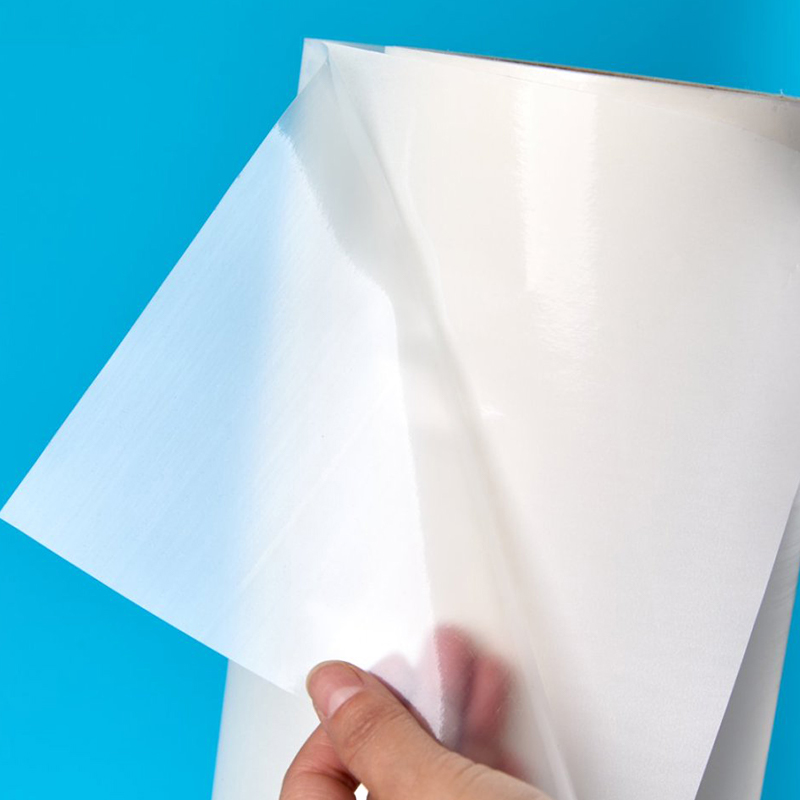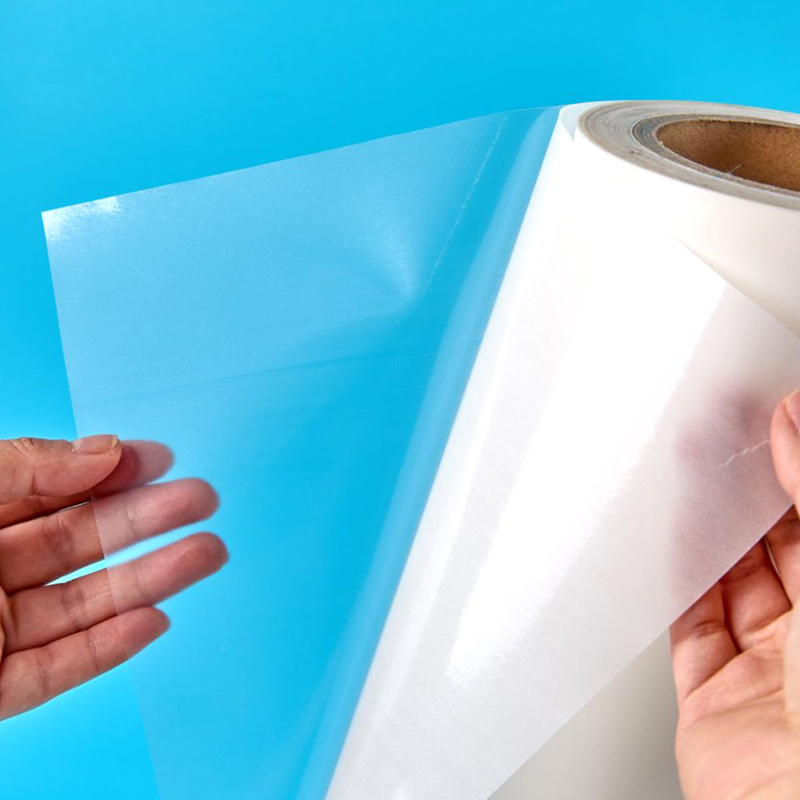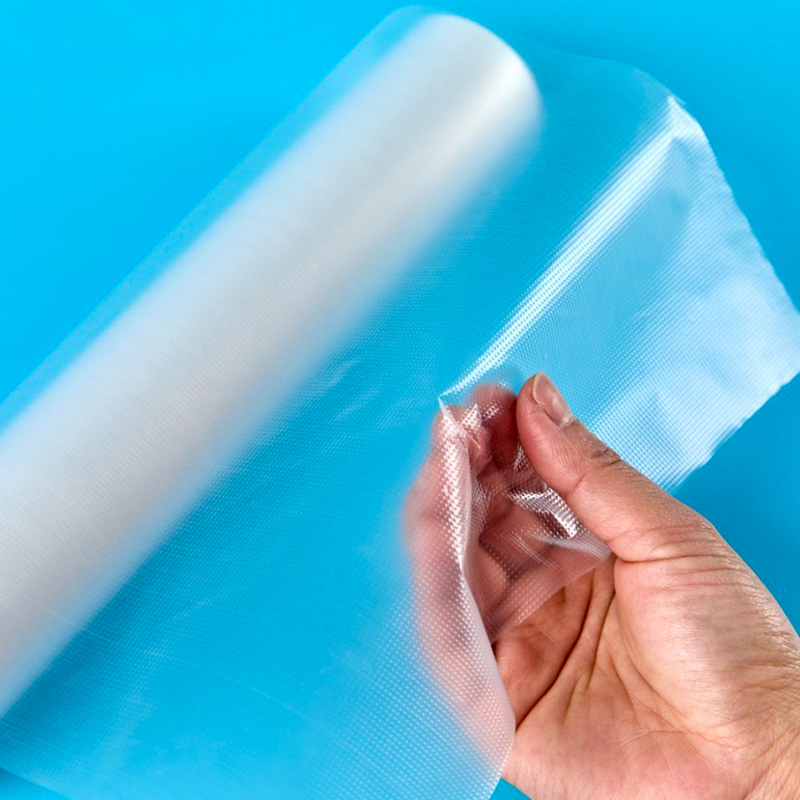Introduction to Hot-Melt Adhesive and Water-Soluble Films
Understanding the fundamentals of hot-melt adhesive films and water-soluble films is essential for achieving flawless application and optimal results in various industrial and textile projects. These films offer unique bonding and functional properties that make them indispensable in modern manufacturing. Water-soluble films provide an environmentally friendly solution for temporary bonding or protective layers, dissolving easily in water, while hot-melt adhesive films deliver strong adhesion to fabrics, nonwoven materials, and other substrates. By mastering the properties, selection criteria, and application techniques, manufacturers and craft professionals can improve product durability, reduce waste, and achieve a more efficient workflow.
- Hot-melt adhesive films: Designed for strong, permanent bonding across textiles, nonwoven fabrics, and composite materials.
- Water-soluble films: Ideal for temporary applications, offering eco-friendly solutions for protection, packaging, or process facilitation.
- Applications: Widely used in textile bonding, nonwoven fabric manufacturing, and industrial processes where precise adhesion is required.
What Are Hot-Melt Adhesive Films?
Hot-melt adhesive films are thermoplastic bonding materials that activate under heat and pressure. They provide a reliable, strong, and consistent adhesion across various substrates. These films are widely utilized in textiles, packaging, automotive interiors, and nonwoven applications due to their versatility and efficiency. Their composition allows them to form a uniform bonding layer without solvents, making them safer and faster to work with compared to traditional adhesives.
- Composition: Typically made of ethylene-vinyl acetate (EVA), polyurethane (PU), or polyester-based polymers.
- Properties: Strong adhesion, flexibility, and thermal stability.
- Industrial Applications: Nonwoven fabrics, clothing, laminated composites, and reinforced textiles.
Understanding Water-Soluble and Nonwoven Films
Water-soluble films are specialized films that dissolve completely in water, providing temporary support or protection. Nonwoven fabrics combined with water-soluble films enable innovative applications in hygiene, medical products, and disposable textiles. The eco-friendly nature of these films also reduces environmental impact. Their usage extends to packaging, embroidery stabilizers, and industrial processes where temporary adhesion or protection is required.
- Advantages: Biodegradable, easy to handle, and reduces waste.
- Applications: Embroidery stabilizers, disposable protective layers, and industrial temporary bonding.
- Environmental Benefits: Reduced chemical use and easy disposal through water dissolution.
Selecting the Right Film for Your Project
Choosing the appropriate hot-melt adhesive film or water-soluble film is critical to project success. Factors such as substrate type, desired adhesion strength, water solubility, and environmental considerations influence the selection. By understanding the differences and intended use of each film, users can maximize efficiency, minimize errors, and ensure the final product meets quality standards. Selecting the right film ensures durability, proper bonding, and compatibility with various fabrics and nonwoven materials.
- Consider substrate type: nonwoven fabrics, textiles, or composites.
- Evaluate adhesion requirements: permanent vs temporary bonding.
- Check environmental compatibility: eco-friendly water-soluble films vs traditional hot-melt adhesives.
Choosing Hot-Melt Adhesive Films for Nonwoven Fabrics
Hot-melt adhesive films for nonwoven fabrics must meet specific criteria to ensure a strong, even bond. Selecting films with the right thermal properties, thickness, and adhesive composition ensures smooth application and durability. Matching the film's melting point to the process equipment and fabric type is essential for optimal results. This ensures minimal warping, uniform adhesion, and enhanced product quality.
- Film thickness: Choose based on fabric weight and adhesion requirements.
- Melting temperature: Align with equipment capabilities and fabric tolerance.
- Adhesive type: EVA, PU, or polyester options depending on flexibility and strength.
Selecting Water-Soluble Films for Specific Applications
For applications requiring temporary adhesion, water-soluble films are ideal. They dissolve completely when exposed to water, leaving no residue and reducing cleanup. This is particularly valuable in embroidery stabilizers, protective coverings, and packaging applications. Selection depends on solubility rate, thickness, and compatibility with the substrate. Choosing the right product ensures efficient processing and avoids issues such as premature dissolution or insufficient coverage.
- Solubility rate: Fast vs controlled dissolution depending on process needs.
- Film thickness: Must support substrate without compromising dissolution.
- Compatibility: Test with intended fabrics or materials for optimal performance.
Step-by-Step Application Process
Applying hot-melt adhesive films and water-soluble films correctly is essential for achieving flawless results. Proper preparation, alignment, temperature control, and handling techniques ensure strong adhesion, minimal waste, and high-quality finishes. A systematic approach reduces errors, increases efficiency, and enhances product durability. Following precise steps guarantees that both types of films perform as intended across various substrates.
- Preparation: Clean and cut the substrate accurately.
- Application: Control heat, pressure, and alignment.
- Post-processing: Inspect, cool, and handle properly to maintain bond integrity.
Preparing the Fabric or Substrate
Proper preparation of the substrate is critical to ensure consistent adhesion and a smooth final result. Contaminants, wrinkles, or uneven surfaces can compromise the bond of hot-melt adhesive films or the effectiveness of water-soluble films. Accurate cutting, surface cleaning, and alignment are fundamental steps for high-quality application.
- Cleaning: Remove dust, oils, or residues that may weaken adhesion.
- Surface inspection: Ensure the substrate is flat and free of defects.
- Cutting and alignment: Accurately measure and position the film for even coverage.
Applying Hot-Melt Adhesive Films
Application of hot-melt adhesive films requires precise temperature and pressure control. Improper application can lead to uneven bonding, warping, or weak adhesion. Following guidelines for heating, pressing, and cooling ensures a durable and uniform bond across the substrate.
- Temperature: Match film's melting point with process equipment.
- Pressure: Apply evenly to avoid air pockets or wrinkles.
- Coverage: Ensure complete contact between film and substrate for uniform adhesion.
| Temperature Range | 120–160°C |
| Pressure | 3–5 kg/cm² |
| Bond Strength | High, depending on fabric and adhesive type |
Using Water-Soluble Films
Correct usage of water-soluble films involves controlled dissolution and precise application. These films should be handled carefully to avoid premature exposure to moisture. Understanding dissolution rates, substrate compatibility, and post-application handling ensures optimal performance for temporary protection, embroidery stabilization, or packaging applications.
- Dissolving techniques: Immerse in water under recommended conditions.
- Handling precautions: Avoid contact with moisture before intended use.
- Compatibility checks: Test with fabrics or nonwoven materials for consistent performance.
Maintenance and Troubleshooting
Maintenance and troubleshooting are crucial for long-term efficiency when using hot-melt adhesive films and water-soluble films. Regular inspection, proper storage, and process adjustments prevent common problems such as poor adhesion, wrinkling, or premature film dissolution. Following best practices helps maintain consistent quality, reduces waste, and ensures safe handling.
- Inspect film rolls for damage or moisture.
- Store in controlled conditions to preserve adhesive properties.
- Address common application issues promptly to maintain performance.
Common Issues with Hot-Melt Adhesive Films
Problems like poor adhesion, wrinkling, or warping can occur if application guidelines are not strictly followed. Understanding these issues and implementing preventive measures ensures long-lasting performance and high-quality results in industrial or textile projects.
- Wrinkling: Adjust pressure and temperature settings.
- Poor adhesion: Ensure clean substrates and proper film selection.
- Warping: Allow adequate cooling time and support during bonding.
Handling Water-Soluble Films
Proper storage and handling of water-soluble films are essential to prevent premature dissolution. Maintaining dry, temperature-controlled conditions ensures consistent performance. Testing films before application helps avoid unexpected issues and guarantees smooth processing.
- Storage: Keep in sealed, dry packaging.
- Shelf life: Monitor and rotate stock to avoid aging effects.
- Handling: Use gloves and dry tools to prevent early water contact.
Applications and Industry Use Cases
Hot-melt adhesive films and water-soluble films are widely applied across industries due to their versatility and performance. From textiles to hygiene products, these films offer solutions that improve efficiency, reduce environmental impact, and enable innovative manufacturing techniques. Understanding their applications helps optimize material selection, reduce errors, and increase product quality.
- Textile Manufacturing: Bonding nonwoven fabrics and reinforcing garments.
- Medical and Hygiene Products: Embroidery stabilizers, protective layers, and disposable items.
- Eco-Friendly Packaging: Temporary bonding and protective film applications.
Conclusion and Best Practices
Following proper steps for applying hot-melt adhesive films and water-soluble films ensures high-quality, durable results. Best practices include selecting the right film, preparing substrates, controlling temperature and pressure, and maintaining proper handling. Consistent application improves product reliability and reduces waste, offering benefits across industrial and textile applications.
- Key Takeaways: Proper film selection, preparation, and controlled application.
- Durability Tips: Monitor conditions, inspect regularly, and follow manufacturer guidelines.
- Efficiency: Reduce errors, waste, and processing time through systematic workflow.
FAQ
What is the difference between hot-melt adhesive films and water-soluble films?
Hot-melt adhesive films provide strong, permanent adhesion when heated, suitable for textiles, nonwoven fabrics, and industrial composites. Water-soluble films, on the other hand, dissolve completely in water and are ideal for temporary bonding, embroidery stabilization, and protective applications. Choosing between them depends on whether the project requires permanent or temporary adhesion.
How do I select the right hot-melt adhesive film for nonwoven fabrics?
Selection depends on substrate type, desired bond strength, and process parameters. Evaluate film thickness, melting temperature, and polymer composition (such as EVA, PU, or polyester) to ensure strong, uniform adhesion. Testing a small sample before large-scale application can prevent errors and improve efficiency.
Can water-soluble films be used with all types of nonwoven fabrics?
Most nonwoven fabrics are compatible, but testing is recommended. Consider the dissolution rate, film thickness, and fabric absorption properties. Proper application ensures the film supports temporary adhesion or protection without premature dissolution or residue.
What are common issues during the application of hot-melt adhesive films?
Common issues include wrinkling, uneven adhesion, or warping. These can be mitigated by cleaning substrates, controlling temperature and pressure, and ensuring correct film alignment. Following standardized procedures improves reliability and product quality.
How should I store water-soluble films to maintain quality?
Store in a dry, cool environment away from moisture. Keep films sealed in original packaging and rotate stock based on shelf life. Proper storage prevents premature dissolution and maintains consistent performance across applications.

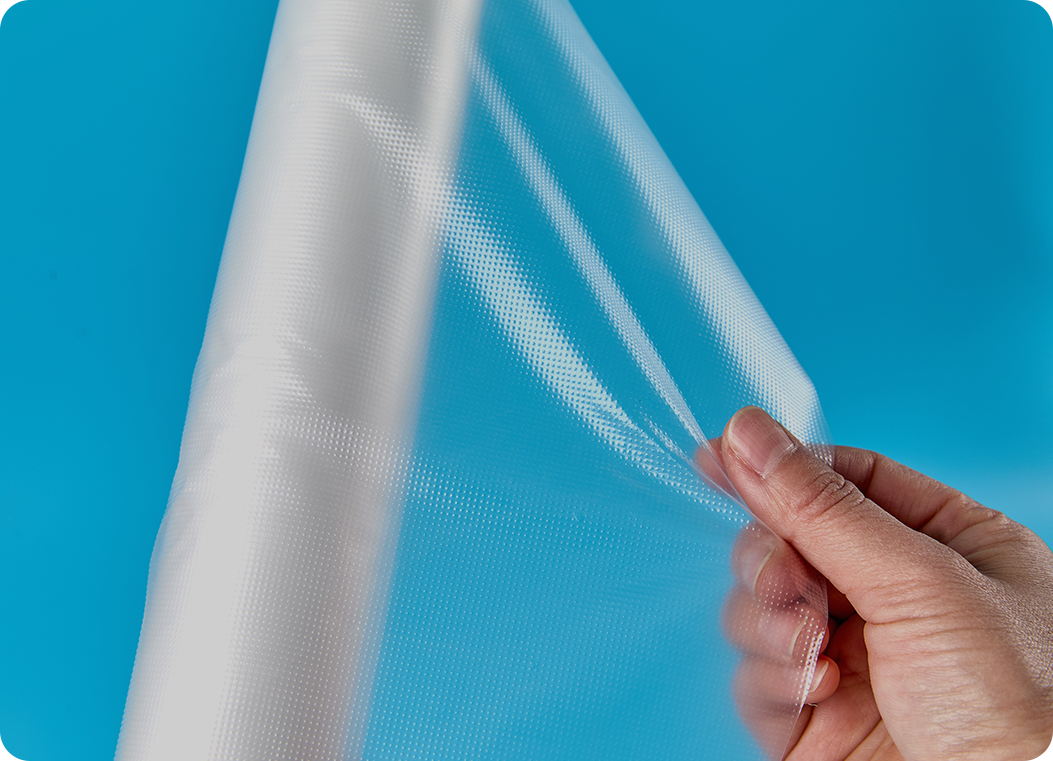
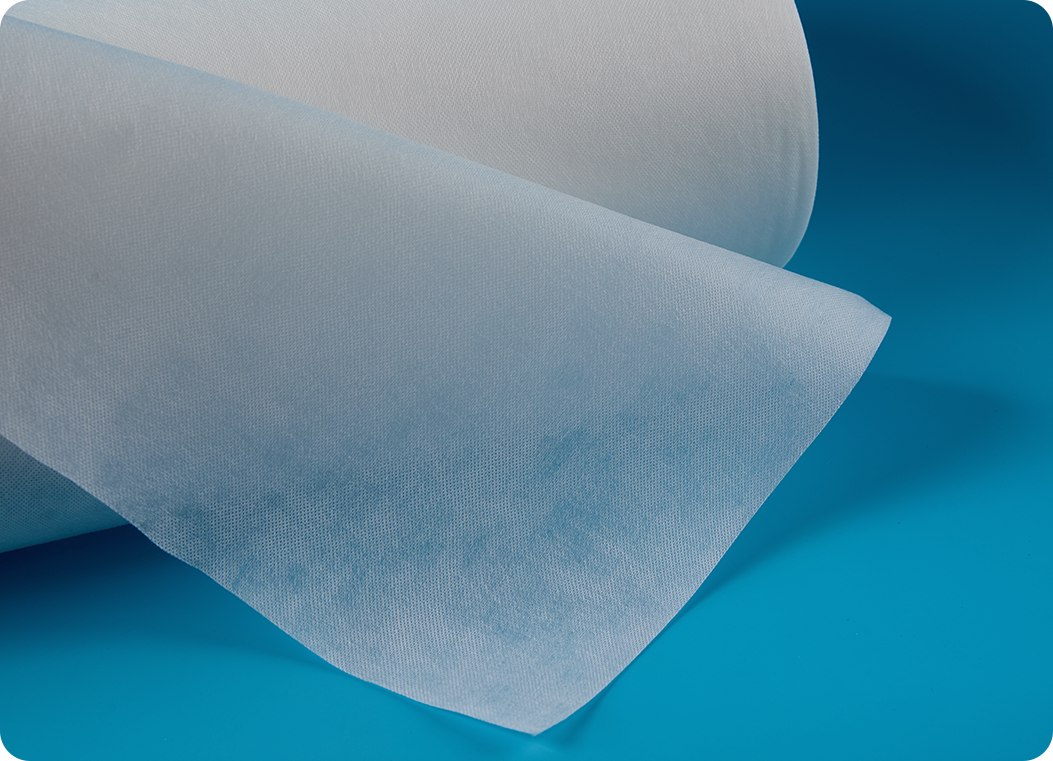

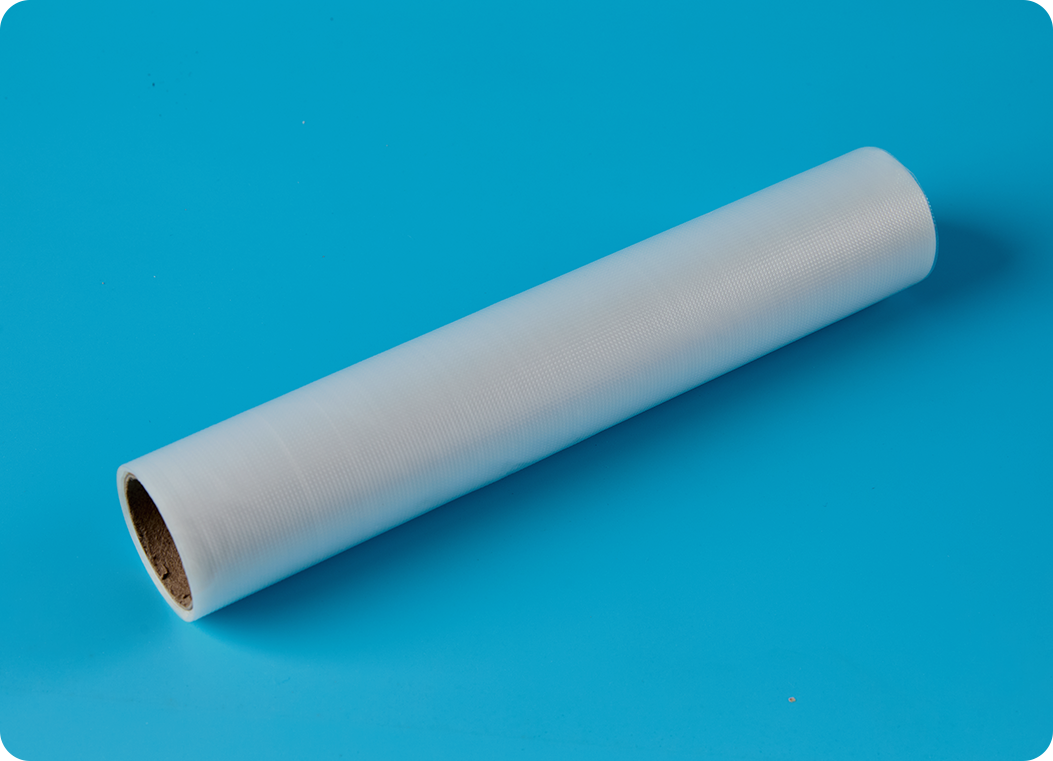
 English
English 中文简体
中文简体 Türk
Türk